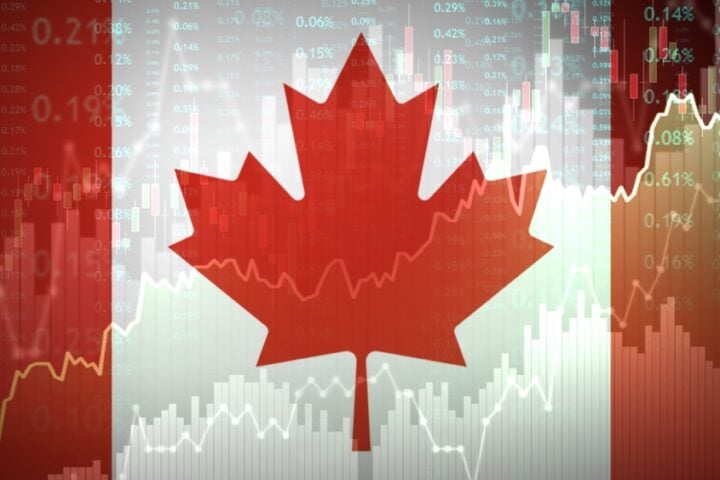Canada’s Job Market Takes a Hit in March
Canada’s labor market showed signs of significant stress in March, as total employment fell and the unemployment rate ticked upwards. The country lost a net 32,600 jobs, marking the first decrease in over three years. The decline was driven by a sharp drop in full-time employment, as companies paused hiring and some initiated layoffs due to the ongoing uncertainty surrounding tariffs and their implementation.
Impact of Tariffs on Hiring and Investment
Andrew Grantham, senior economist at CIBC Capital Markets, noted that the Canadian labor market could be starting to unravel, writing in a report, “The wheels may be starting to fall off the Canadian labor market.” This pessimistic outlook comes as companies grapple with U.S. President Donald Trump’s tariff policies, including a 25% tariff on Canadian steel and aluminum, as well as new import duties on cars and parts. Many economists had predicted signs of weakening in the job market, as uncertainty around trade policies led to hesitance in hiring and investment.
Unemployment Rate Rises Amid Economic Uncertainty
Canada’s unemployment rate rose in March, driven by the job losses across various sectors. Analysts had forecast a net gain of 10,000 jobs, but the actual result fell far short. The unemployment rate edged up to 6.7%, with a rise in the number of unemployed people to 1.5 million—an increase of 36,000 in just one month, and a 167,000 rise compared to the previous year. The unemployment rate has not seen such an increase since November. This signals growing concerns about the broader economic slowdown tied to global trade tensions.
Tariff Impact on Specific Sectors
Canada’s trade relationship with the U.S. has been strained, with the imposition of tariffs likely to hit specific sectors hard. The construction and wholesale/retail trade sectors have already seen a notable rise in layoffs, with 18.4% of the laid-off workers from the construction industry and 12.4% from wholesale and retail trade. The Bank of Canada has acknowledged that trade tensions and tariff fears have led to heightened worries about job security, with many Canadians opting to spend more cautiously as a result.
Interest Rate Cut Predictions Grow
With the rise in unemployment and the increasing economic pressure from trade tensions, markets are betting that the Bank of Canada may soon lower interest rates. Currency markets have raised the likelihood of an interest rate cut to 62% for the April 16 meeting, a sharp increase from just 25% the previous day. This signals growing concerns over the Canadian economy’s ability to maintain growth amidst escalating trade disputes.
Unemployment Expected to Continue Rising
Economists predict that layoffs will continue to climb as reciprocal tariffs among trading partners work their way through the global economic system. Grantham notes, “We continue to expect some further weakness in employment ahead, particularly in sectors most directly impacted by U.S. tariffs, which could see the unemployment rate peak slightly above 7% during the second half of the year.” This suggests a difficult period ahead for the Canadian labor market, with further layoffs expected as the full effects of trade tensions play out.
Wage Growth Slows Amid Economic Pressures
As unemployment rises, wage growth has also shown signs of slowing. In March, the average hourly wage growth for permanent employees was 3.5%, down from 4% in February. This slowdown in wage growth, combined with rising job insecurity and consumer caution, paints a concerning picture for Canada’s economic outlook, as inflationary pressures remain a key concern for the Bank of Canada.
Conclusion: The Road Ahead for Canada’s Job Market
Canada’s labor market faces significant challenges as tariff-related uncertainties continue to reverberate through the economy. With job losses, rising unemployment, and a slowdown in wage growth, the economic outlook remains fragile. The Bank of Canada will need to carefully navigate these pressures, with the potential for further rate cuts and policy measures aimed at supporting growth. However, unless trade tensions subside, the Canadian economy could continue to face headwinds, with unemployment potentially peaking above 7% later in the year.







